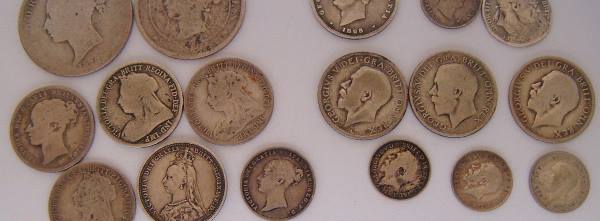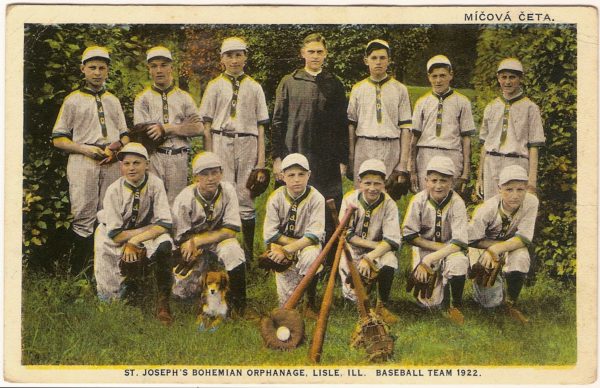Marjorie Fuller has been collecting valentines since early childhood – and has kept every one of them. Now in her early 80s, she enjoys them each year as she places many of them around her house when Valentine’s Day approaches.
During most of the year the collection is housed in two large valentine candy boxes. Then, in February, a select group of cards is chosen for display (the collection is too large to exhibit all at once). Fuller feels that any kind of collection is more fun when shared with others instead of being tucked away, out of sight.
While Fuller cherishes them all, a few of the valentines are extra special to her, like the card that shows a little boy in blue overalls and wearing a yellow straw hat. He’s holding a potted geranium in one hand while half hiding a valentine behind his back with the other hand. Fuller received this card from her mother before she was old enough to go to school.
Another favorite valentine of Fuller’s shows a little girl in a pink bonnet and blue striped skirt who is pushing a doll buggy. The top of the buggy can be raised and lowered, and inside lies a little doll. This card was given to Fuller by her cousin when both were children.
All of the cards in the collection were either given to Fuller or handed down by her grandmother or mother. Two of her grandmother’s cards date back to 1890, while many others are around 70 years old.
In these blue forget-me-nots,
In these fragrant roses, too,
Read the message fond and true.
From my faithful heart to you.
Valentines have declared “I love you” since the third century. One fascinating fable goes back to the Roman Feast of Lupercalia, a festival that was held each Feb. 14 to honor Lupercus, god of shepherds and lovers. At this celebration, a large urn was placed in the public square into which each maiden tossed her name card, to be drawn out by a young man. The male thus acquired a female for a year. To gain attention, some crafty maidens would decorate their cards’lavishly. These cards are considered to be the forerunners of today’s valentines.
Roman mythology also gives us the story of Venus the goddess of beauty and her son, Cupid. This naked cherub still aims his arrows straight at the heart, a traditional token of affection that has survived the centuries.
A third legend, again Roman in origin, is woven around the priest Saint Valentine who was beheaded for his Christian faith. Awaiting his execution, he fell in love with the jailer’s daughter, a blind girl whose sight was restored through his deep faith. As the legend goes, his farewell message to her was signed ‘From Your Valentine.’
One of the earliest greetings written in a valentine form to a lady was sent in 1415 by the Duke of Orleans while imprisoned in the Tower of London. In the 17th and 18th centuries, homemade valentines became popular in much of Europe, but it wasn’t until the 19th century before the same happened in England, where some of the first ones were sheets of paper with verses written on them in colored ink.
The first known printed copy was done in copper plate during the early 1800s. These models displayed sentimental or humorous illustrations combined with verse. There was also a blank space for a personal message.
As the different varieties of valentine greetings began to flood the market, German ingenuity produced mechanical valentines – pull-outs that stood open to reveal three-dimensional scenes.
Fuller gets out her boxes of valentines each year as February 14th approaches. She never tires of reading her grade school cards, and reminisces over almost forgotten names as the sentimental holiday draws nearer. When she displays the cards so she and her visitors may enjoy them once again, everyone knows their meaning remains the same. They are a token of love.






